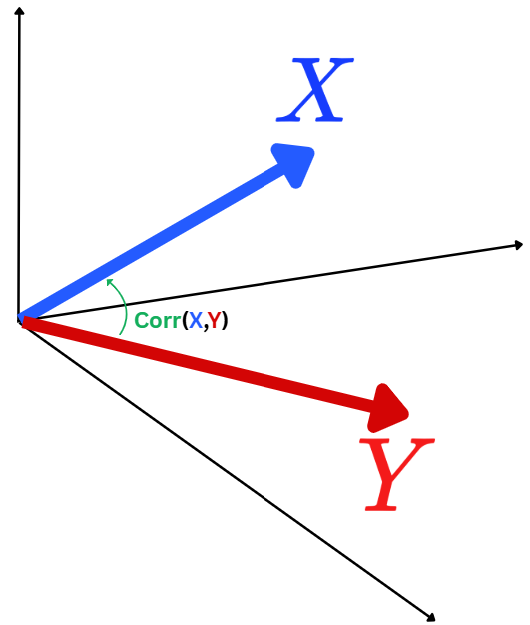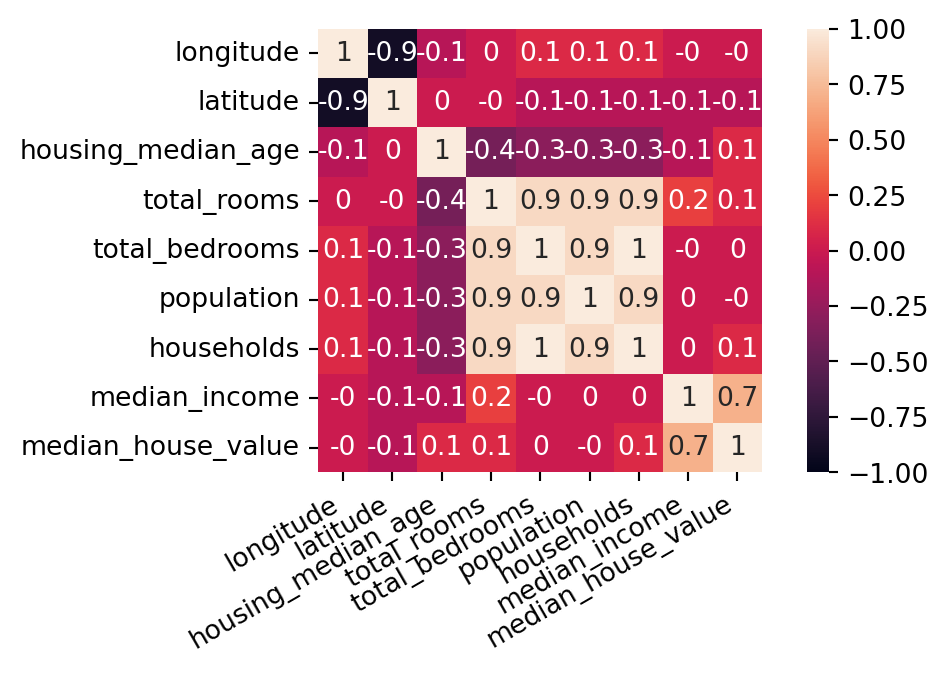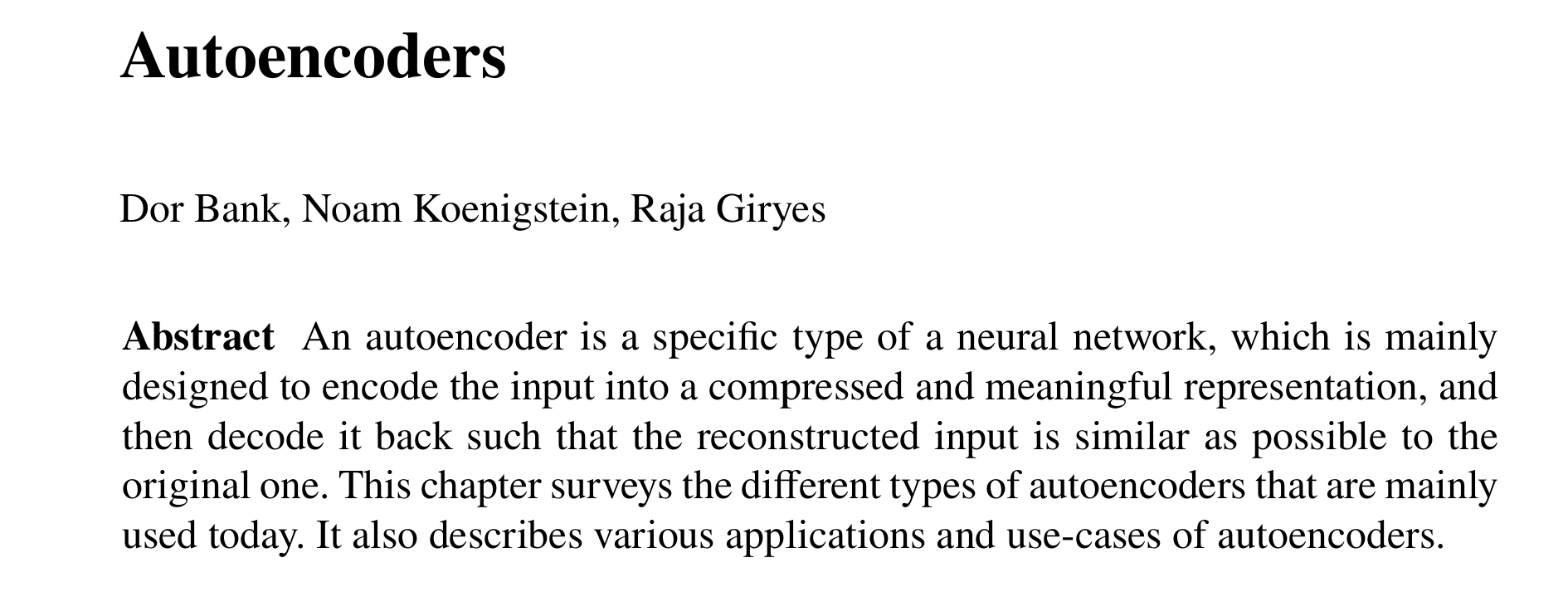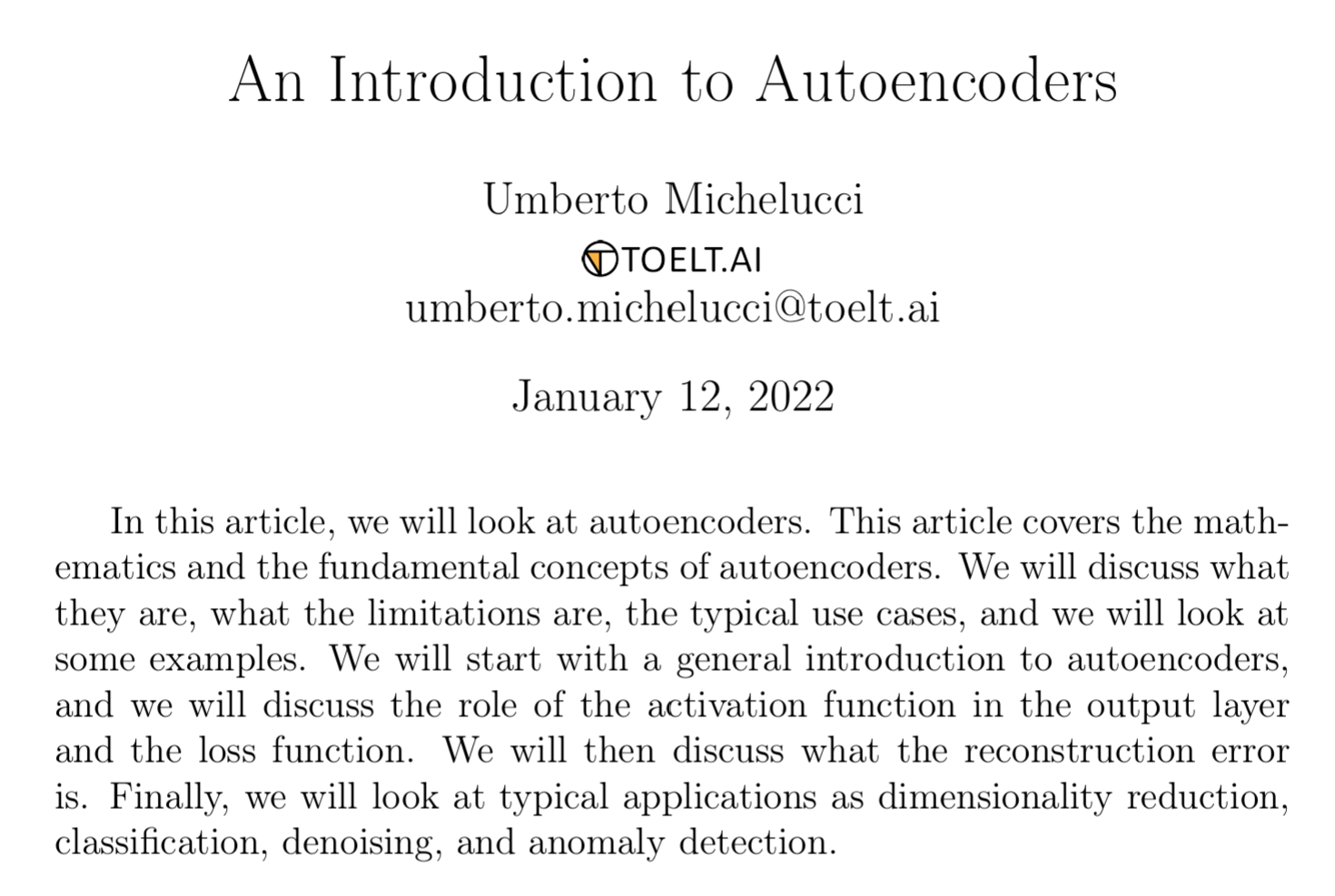| longitude | latitude | housing_median_age | total_rooms | total_bedrooms | population | households | median_income | median_house_value | ocean_proximity | |
|---|---|---|---|---|---|---|---|---|---|---|
| 0 | -122.23 | 37.88 | 41 | 880 | 129.0 | 322 | 126 | 8.3252 | 452600 | NEAR BAY |
| 1 | -122.22 | 37.86 | 21 | 7099 | 1106.0 | 2401 | 1138 | 8.3014 | 358500 | NEAR BAY |
| 2 | -122.24 | 37.85 | 52 | 1467 | 190.0 | 496 | 177 | 7.2574 | 352100 | NEAR BAY |
| 3 | -122.25 | 37.85 | 52 | 1274 | 235.0 | 558 | 219 | 5.6431 | 341300 | NEAR BAY |
| 4 | -122.25 | 37.85 | 52 | 1627 | 280.0 | 565 | 259 | 3.8462 | 342200 | NEAR BAY |
🗺️ Content
Motivation
Correlation matrix
Principal Component Analysis (PCA)
Dimensional Reduction & Reconstruction
Correlation Circle
t-distribution Stochastic Neighbor Embeding (t-SNE)
Autoencoder







